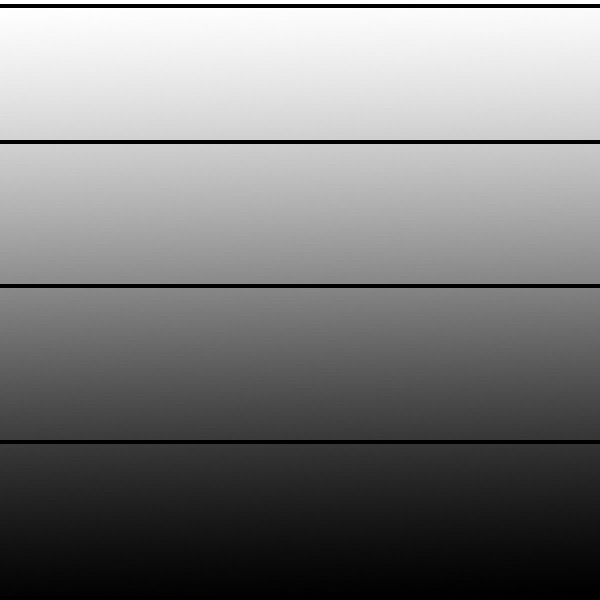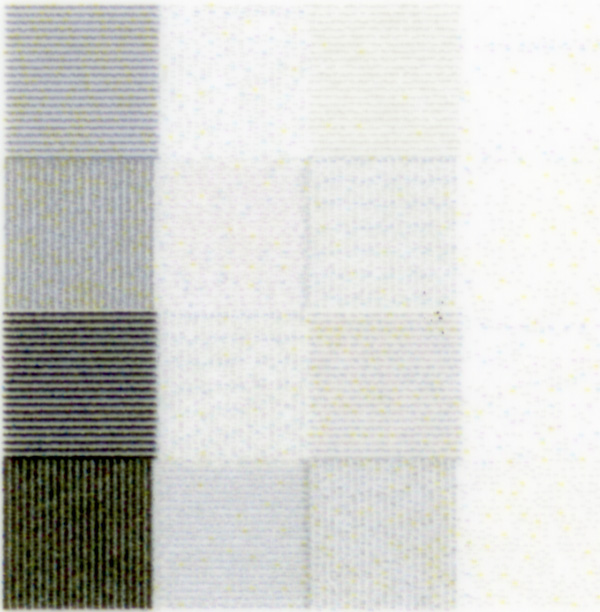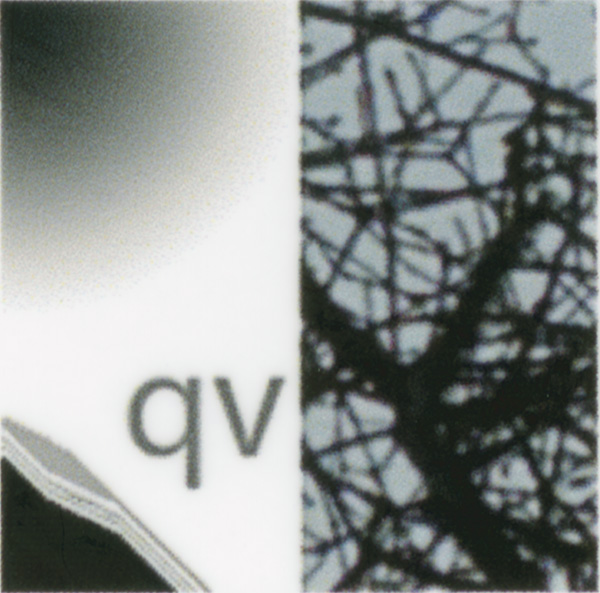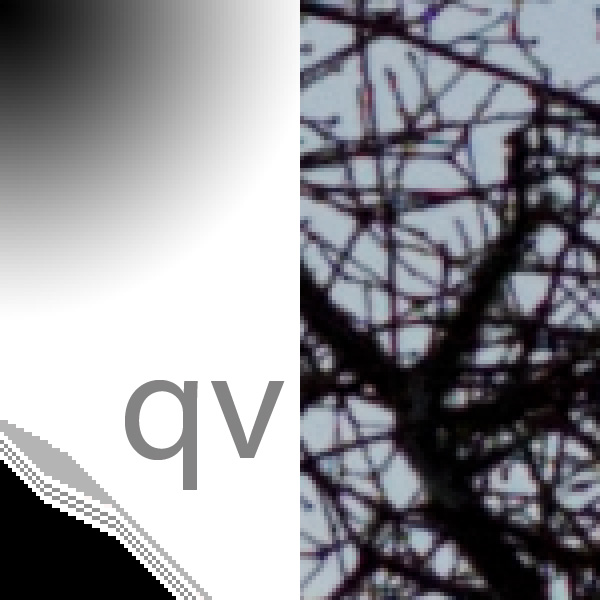From the mailbag: …I didn’t see anything mentioned about variable droplet sizes. With 2880 you’re always using the smallest size droplet…where as with 1440 you are getting a mixture of large, medium, and small droplets. So sometimes 1440 can look smoother because of the way these various sized droplets “fit” together. Or that was the… [Read More]
More on Epson driver resampling
Warning. What follows is probably only of interest to the technically obsessed. In the last post I showed examples of printing a 720 ppi target with the Epson 3880 driver set to various options to prove that the “Finest Detail” checkbox controls whether the image is resampled to 360 ppi or 720 ppi. Interpreting the results means deciding whether the printer… [Read More]
Resampling for printing with QImage
John Schwaller and others have recommended a program called QImage for resampling images for printing. I bought a copy – it’s only 90 bucks – and tried it out. The program works sort of like a RIP, but without actually doing the rasterizing, since it only accepts files that are already rasterized. You can import… [Read More]
Resampling for printing — basic alternatives
After a couple of false starts, I created the following test image for resampling tests: The test image has a smooth gradient in the upper left corner, a series of lines at two tones and two angles in the lower left corner, two characters of Zone V antialiased text, and a crop from an actual… [Read More]
Antialiasing, part 4: the future
Antialiasing the future It’s pretty clear to me that the biggest aliasing problems today are caused by the Bayer pattern and similar methods that construct a color sensor by detecting different spectra at different places on the chip. One way to make a big improvement would be to get all the RGB photosensitive regions that… [Read More]
- « Previous Page
- 1
- …
- 14
- 15
- 16
- 17
- 18
- …
- 27
- Next Page »



